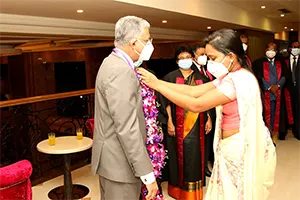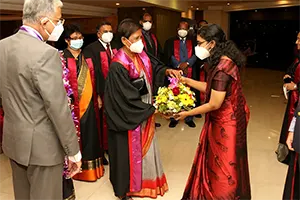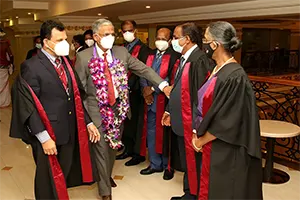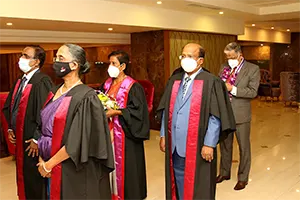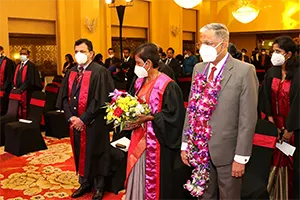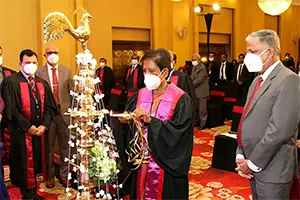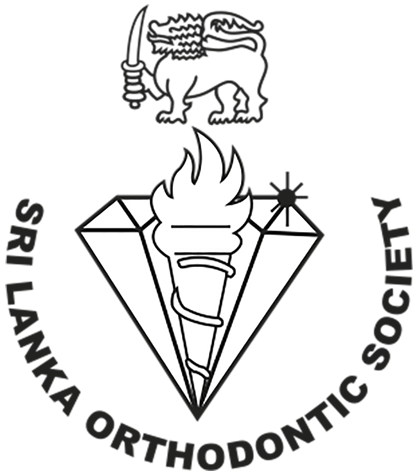
Sri Lanka Orthodontic Society is the prestigious professional body of all specialist orthodontists in Sri Lanka. As a leading professional body in the disciplines of dentistry, the SLOS strives for excellence in orthodontics in the country. SLOS was inaugurated in August 1999 under the guidance and effort of senior consultant orthodontists like Dr. S. Sivasubramaniam and Dr. Priya Samaranayake.
More Info

It is with utmost humility and deep sense of gratitude that I pen this message as the eighth president of the Sri Lanka Orthodontic society.
I am extremely proud of the heights we as a society have reached since its inception in 1998.
I sincerely thank our past presidents their councils and our members for their hard work which has laid a robust foundation upon which the society will continue to build. As we embark in our tenure for 2022-2024 as a council, we look behind to derive strength from both academic and professional eminence from our past councils.
Moving forward we as a council strive to promote innovative programs for continued professional development, opportunities to improve professional standards and encourage research among orthodontists and our trainees. We are eager to introduce a research grant initially and plan to publish our Sri Lanka Orthodontic Journal annually.
As “accomplishment will prove to be a journey, not a destination”, I invite all our members to walk the journey with us supporting the council in all our activities to strive to maintain the unity amongst our local and international peers and in achieving excellence in patient care.

SLJO invites articles for its upcoming issue.

